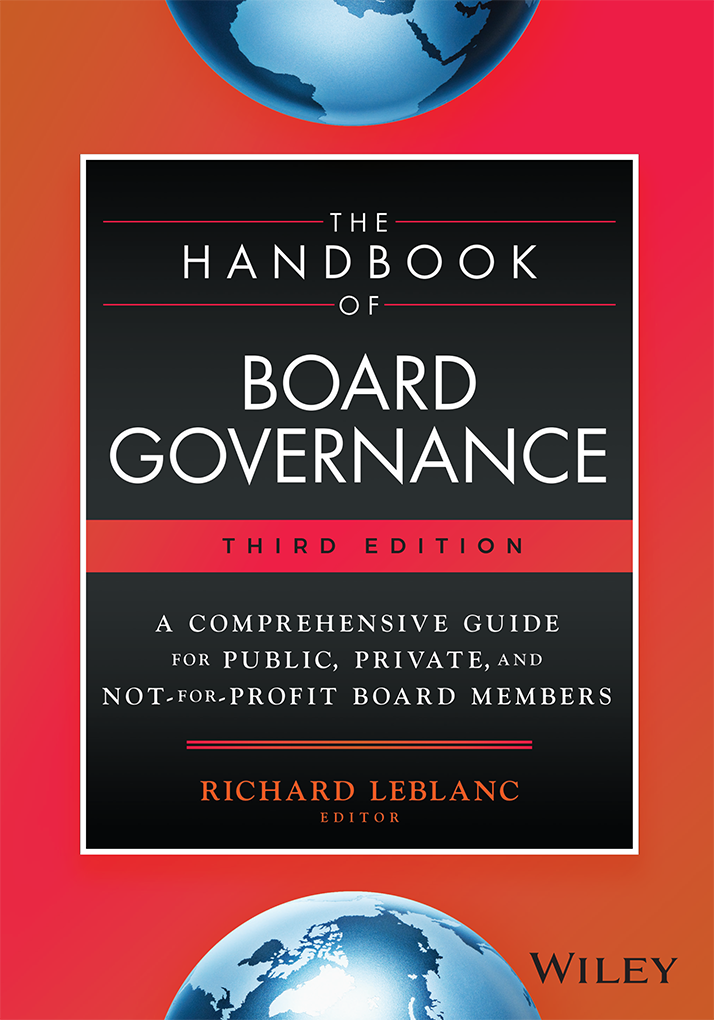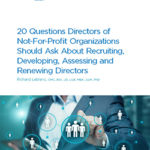This 85% of votes cast against executive compensation could have been predicted. A $17M pay package, including a $11.9M signing bonus, was awarded to Barrick senior executive John Thornton, in advance of performance, in spite of a 20-year low in Barrick’s share price. Institutional shareholders gave a strong condemnation of this payment and the director votes soon followed in Barrick Gold’s annual shareholder meeting yesterday:
Compensation Committee Chair, J. Brett Harvey: 28% withhold;
Compensation Committee Member, Gustavo Cisneros: 27% withhold;
Compensation Committee Member, Steven J. Shapiro: 28% withhold;
Director Hon. Brian Mulroney (non-independent: received $2.5M as an advisor): 24% withhold;
Chairman Peter Munk (non-independent: controlling shareholder and part of management): 17.5% withhold;
Director Anthony Munk (non-independent: familial relationship): 24% withhold.
Barrick CEO Jamie Sokalsky said the board would “carefully consider” shareholder perspectives. Founder and Chairman Peter Munk deadpanned, “Bad times bring out more people.”
I spoke out against the quantum of the above pay package for Mr. Thornton, but there are two sides to every argument. Let me make the case for Barrick Gold and what it should have done from a governance perspective.
Chairman Peter Munk said “we had to secure him” [John Thornton] “because of the competitive environment.” Munk went on to say “It is hard to have someone paid on performance if he would not have been able to join to perform.”
There is merit to Peter Munk’s position. If shareholders truly believe in pay for performance, then it is equally important to attract and motivate executive talent in a downturn as it is in an upturn. This means, paradoxically, that a compensation committee will pay out more, in spite of low stock price, and rein in executive pay during an upturn. Mr. Thornton is motivated, as his shares have declined in price.
This pay philosophy is at odds with the more common approach to pay, which is “profit sharing.” This means executives are paid higher in peaks and lower in valleys, to “share the profit” with shareholders. Many pay metrics are aligned with shareholder returns. This could hamstring a company in attracting talent when it needs it most and paying talent during a bull market, where executives get unjustly enriched.
It is quite possible Mr. Thornton had to leave unvested equity on the table somewhere else and needed to be made whole. This is the rationale for a “golden handshake” and is completely reasonable.
It is important that Barrick explain the need at this time for this executive, with these qualities, to large shareholders and receive their support. A plan for asset sales and addressing Barrick’s problematic Pascua-Lama mine, and Mr. Thornton’s role, could have been laid out better. There is a rational argument for the payment that could have been better communicated by Barrick in advance of the vote. Other corporate boards are meeting directly with institutional shareholders in advance of meetings, to explain pay and make necessary changes.
What else could or should Barrick have done, from a governance perspective?
The board is in dire need of renewal. There are directors who have served on the board for 20 and almost 30 years (Messrs. Mulroney, Beck and Birchall). Some regulators are moving to caps of 9 years on directorships. There is also no indication of outside responsibilities of directors, on Barrick’s website. There is evidence that over-boarded directors lack oversight effectiveness. Governance disclosure is rather opaque, including which directors are independent and on what basis.
Lastly, and perhaps most importantly, Mr. Munk owns less than 1% of the total equity of Barrick, yet controls the board appointments. The best governance reform would be for minority voting shareholders to have the right to nominate directors of their choosing. Canada has a large number of similar control-block companies, with dual share structures, whereby a dominant shareholder who may own a minority of total equity, has a majority of voting power. A good reform would be to have a “say on directors” that is commensurate and fair. Minority shareholders should have a say on directors.












